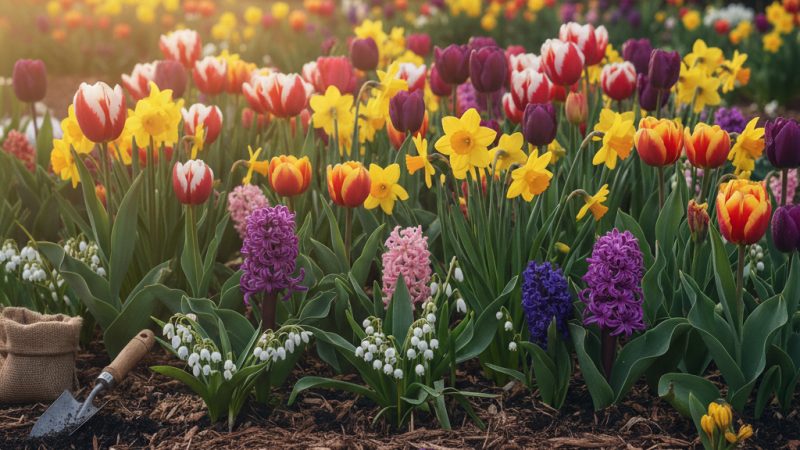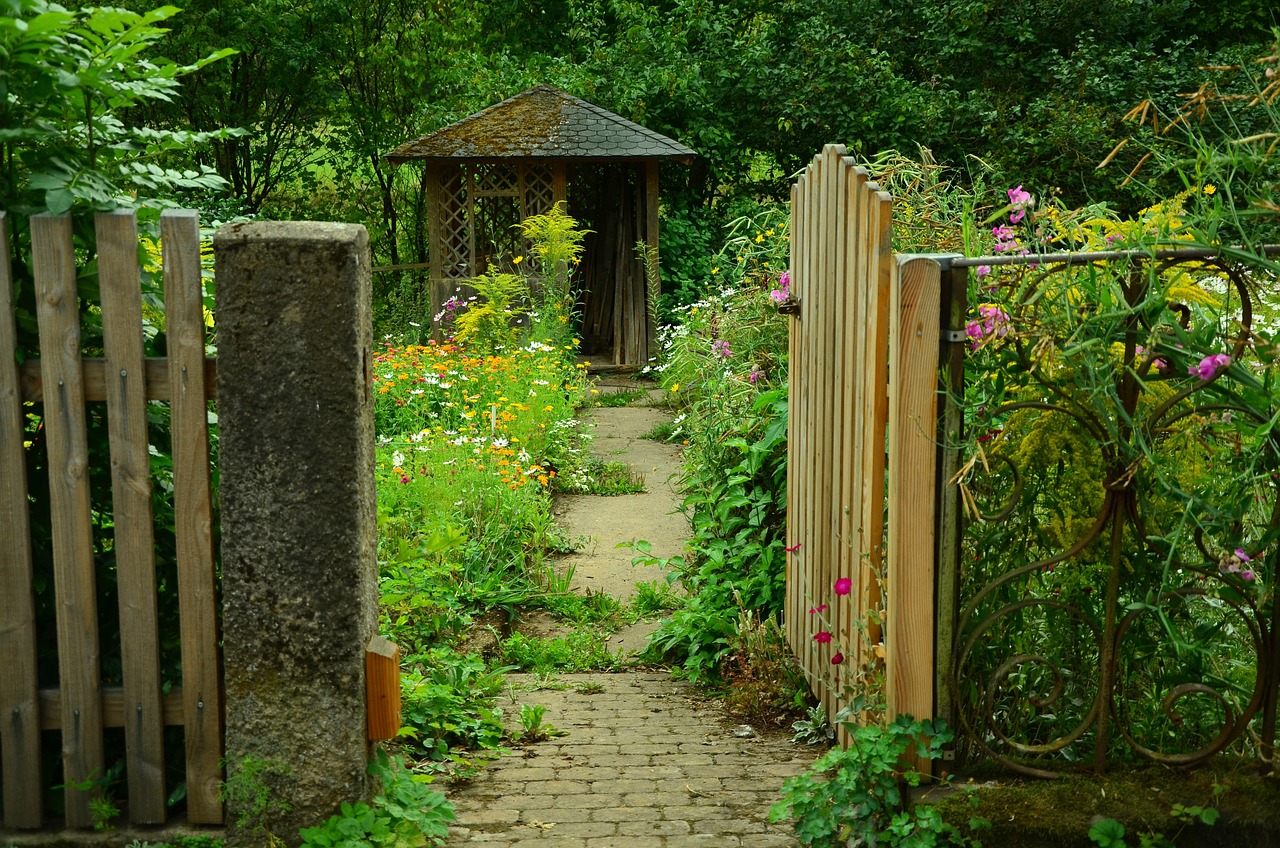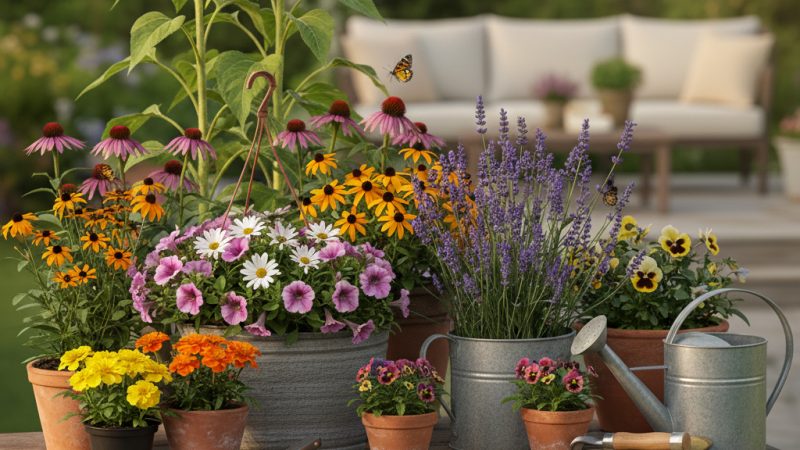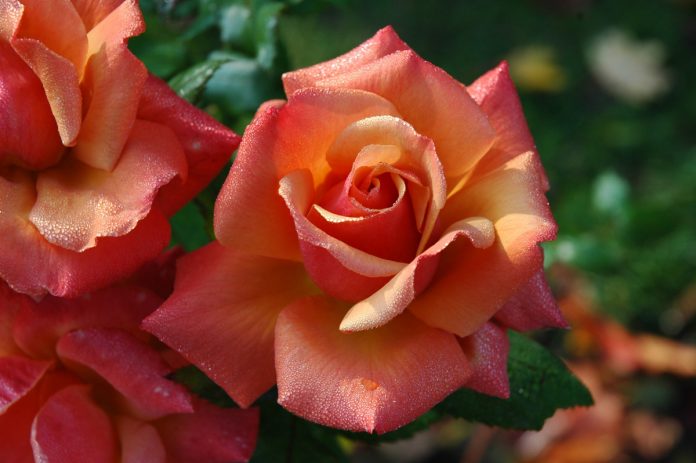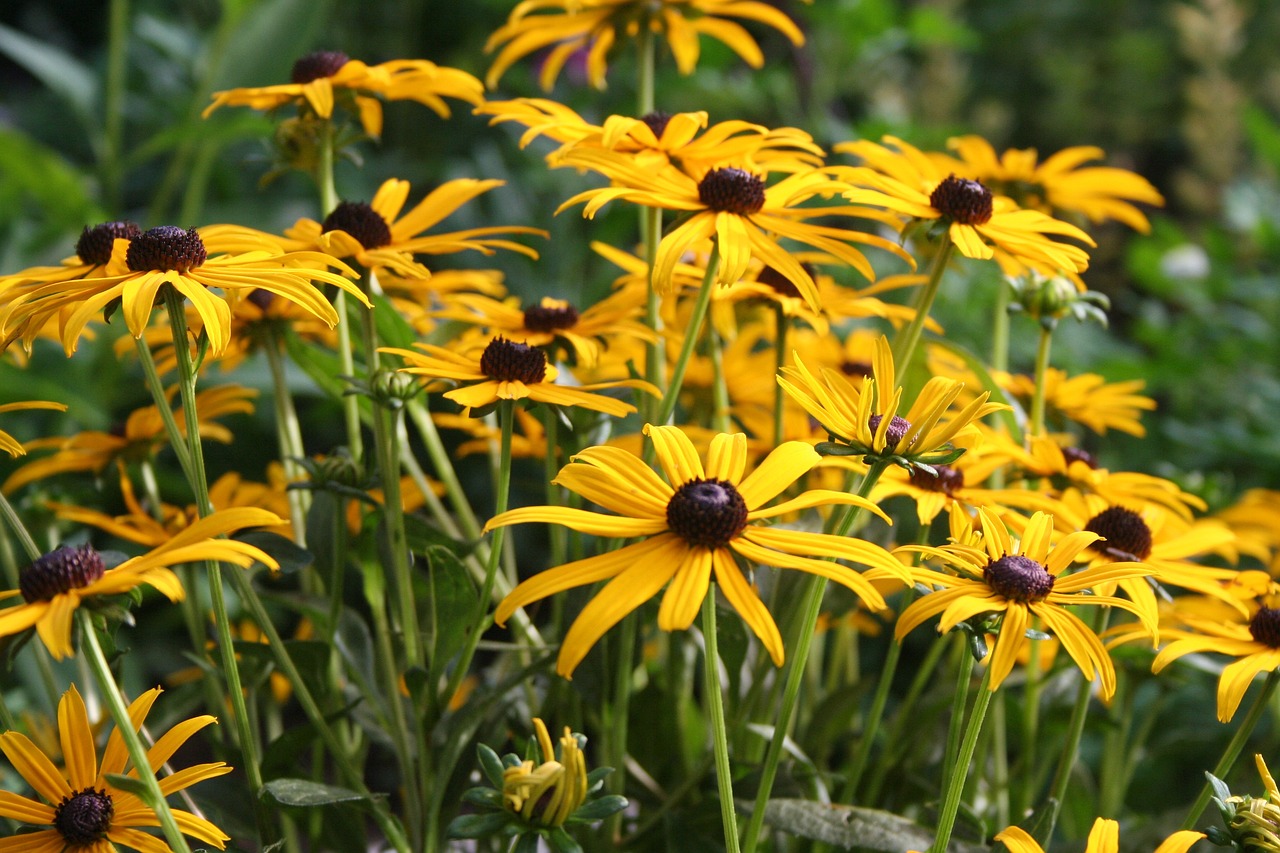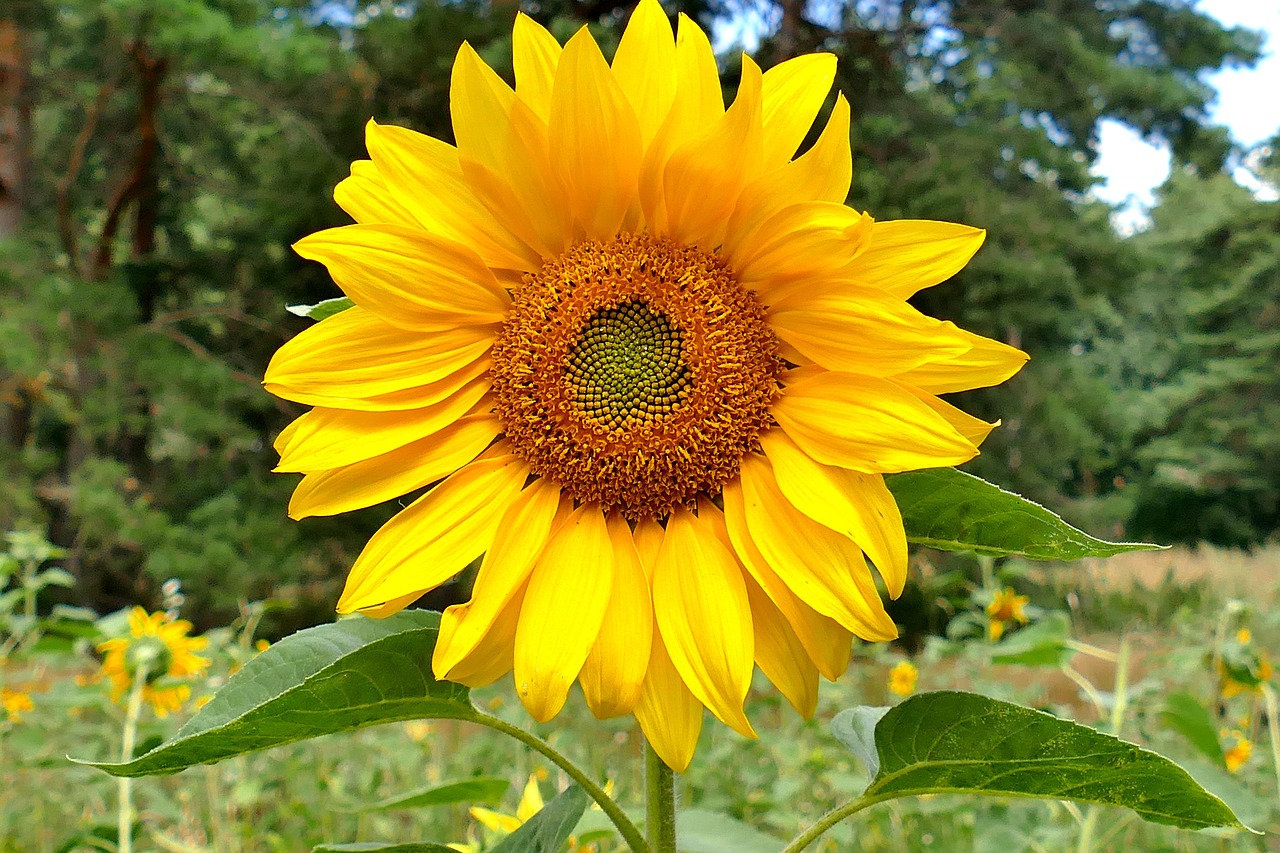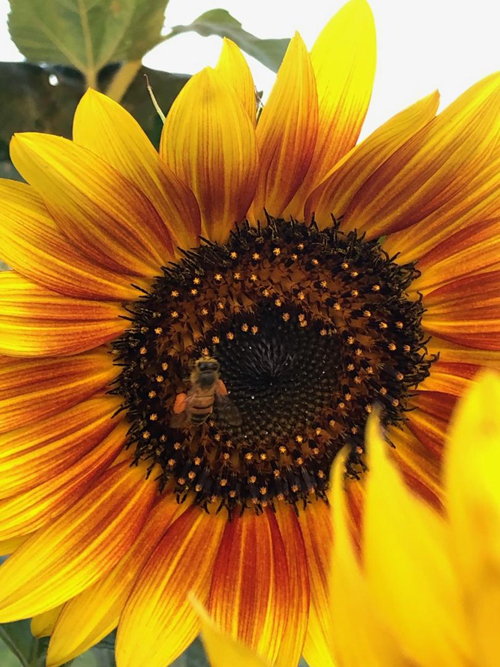Blue Wild Flowers for Your Garden
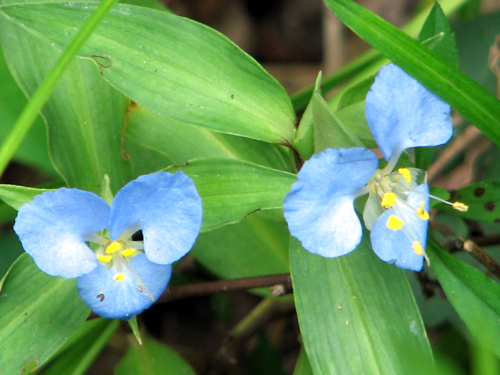
Planting wild flowers in your garden, or simply scattering wild flower seeds around an area of your yard are both ways to take advantage of Mother Nature’s treasured gifts. Wild flowers are carefree, colorful, and tend to attract bees, butterflies and birds. So planting wild flowers not only gives you an easy maintenance flower garden… it also promises to be a constant source of interesting activity throughout the year.

The following wild flowers are blue to purple in color, and some say this is a favorite color of bees.
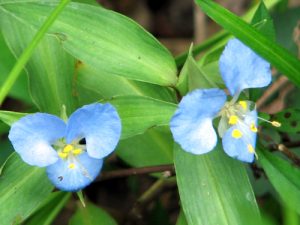
VIRGINIA or COMMON DAY-FLOWER (Commelina Virginica) – Spiderwort family
The Day Flower has blue, one inch wide or smaller flowers which tend to be irregular. The flowers are grouped at the end of the stem, and are upheld by long leaf-like bracts. The leaves are lance-shaped and 3-5 inches long. The upper leaves form like a hood of sorts about the flower. These wild flowers prefer moist, shady ground and flower from June through September.
The day flower tends to open in the morning and looking somewhat “alert”. In the afternoon, or after the bees have visited and fertilized it, the petals roll up and quickly wilt into a wet, shapeless mass which will leave a sticky blue fluid on your fingers if you touch it.
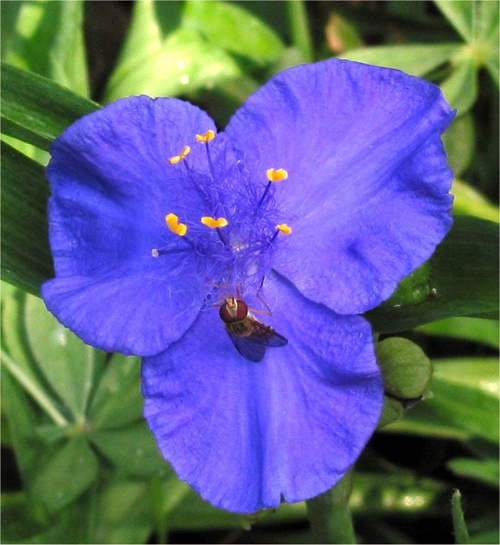
SPIDERWORT; WIDOW’S or JOB’S TEARS (Tradescantia Virginiana) – Spiderwort family
The Spiderwort’s flowers are purplish blue in color but on rare occasion they can be white. There’s usually several flowers about 1-2 inches wide, and usually contain clusters of drooping buds between long, blade-like bracts at the end. This one can grow from 8-36 inches tall, and has long blade-like leaves. It prefers rich, moist woods, thickets or garden space, and it flowers from May through August.
Like its relative the dayflower, the spiderwort opens for part of a day only. In the morning it is wide awake and pert; early in the afternoon its petals have begun to retreat and wither away. New blooms appear each day throughout the season though.
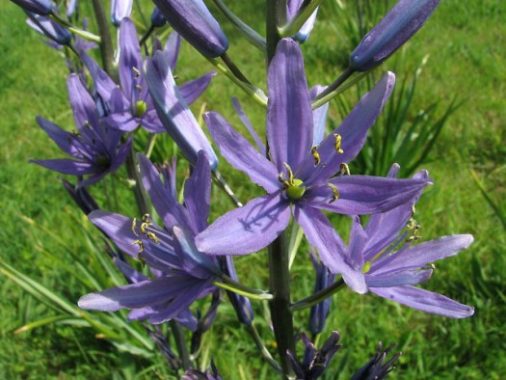
WILD HYACINTH, SCILLA or SQUILL. QUAMASH (Quamasia kyacinthina; Scilla Fraseri of Gray) – Lily family
The Wild Hyacinth tends to produce many pale violet blue flowers, though once in awhile they can be white. There tend to be equal groups of 6 flowers on long, oblong-shaped branches. The plant tends to grow 1-2 feet tall, and has grass-like, short leaves. These wild flowers prefer meadows, prairies and stream banks, and they bloom from April to May.
These wild flowers tend to be low maintenance, and they propagate on their own, without being invasive. In addition to attracting bees, the Wild Hyacinth also tends to attract ants, wasps, flies, butterflies, and beetles.
Whether you prefer to start your flowers from seeds or potted starter plants, wild flowers are a wonderful addition to any type of garden. Creating a stand alone wild flower garden is also a fantastic way to make a great, naturalized impression in large or unused areas of your landscape.
Watch for future articles where I’ll introduce you to many other wild flowers in a variety of other colors too!
The Author:
Find beautiful stock photos of flowers to go with this article at http://www.electronicperceptions.com
©2005, Kathy Burns-Millyard
Photo. Theresa Thom, Luciana Silva, Rasbak, Evelyn Simak

